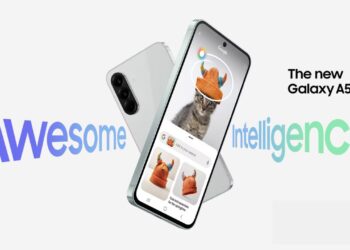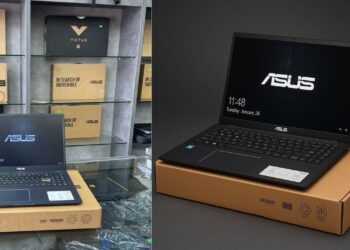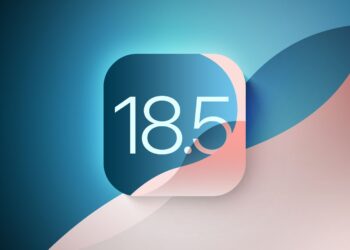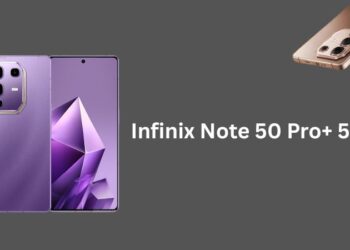After years of lacking display output support via USB-C, Google has finally addressed this issue with the Android 14 QPR3 Beta 2 update for the Pixel 8 and Pixel 8 Pro. This update enables DisplayPort Alternate Mode, allowing users to cast their phone’s display onto larger screens without needing to modify the system.
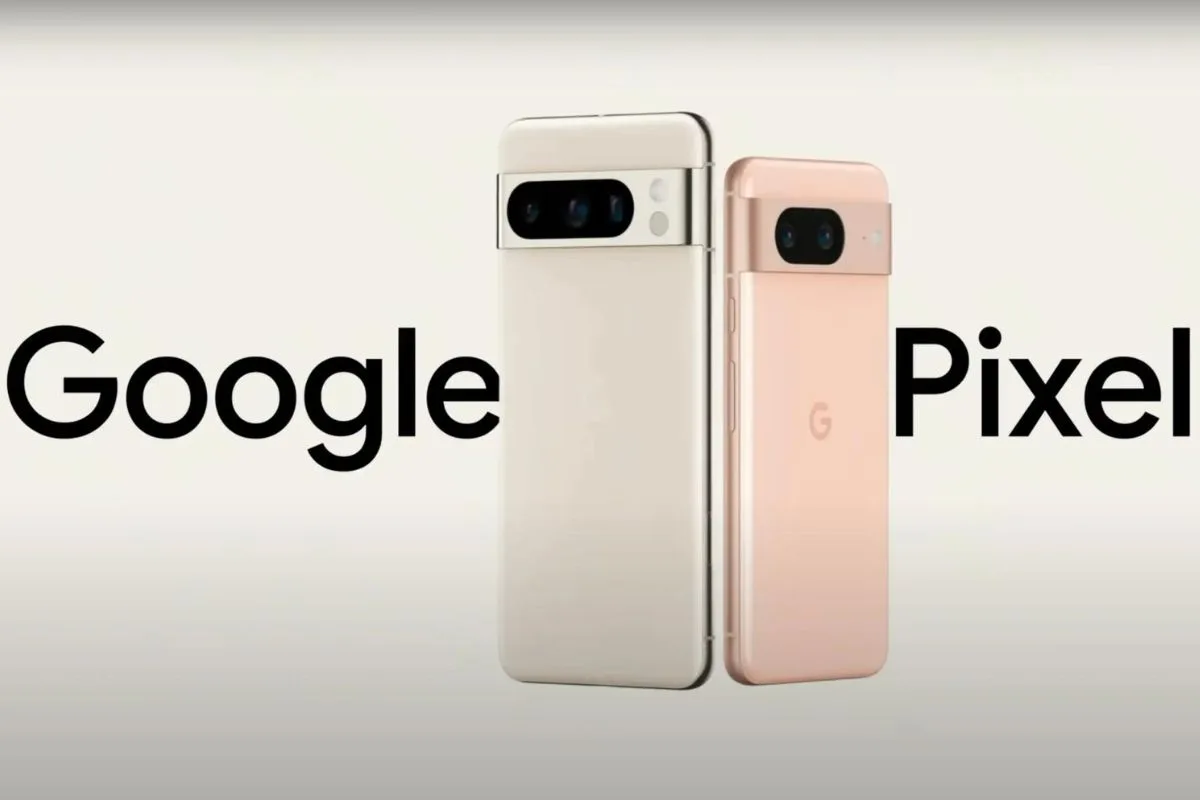
While previous Pixel devices met the hardware requirements for video transmission through USB-C, Google had kept this feature disabled until now. Although it was possible to enable it through third-party projects like GrapheneOS, users can now access DisplayPort Alternate Mode directly without modifications.
Upon connecting a Pixel 8 or Pixel 8 Pro to an external display, a prompt appears, offering the option to mirror the screen. Once selected, the smartphone’s contents are displayed on the monitor, with a wallpaper filling the rest. Additionally, a revamped “Desktop Mode” interface is reportedly in development, although currently hidden behind flags.
Users of older Pixel devices can still utilize this feature by enabling it through a Magisk module. This involves installing Magisk Manager, downloading the DisplayPort Magisk Module, and flashing it via the tool, followed by a phone reboot.
In contrast, Samsung devices have offered a similar feature, Samsung DeX, since 2017. DeX provides a more desktop-like interface and can even transmit data wirelessly, enhancing its appeal. Android’s built-in desktop mode has also been in development since Android 10, but whether Google will offer an equivalent feature remains uncertain.
Follow INCPAK on Facebook / Twitter / Instagram for updates.
